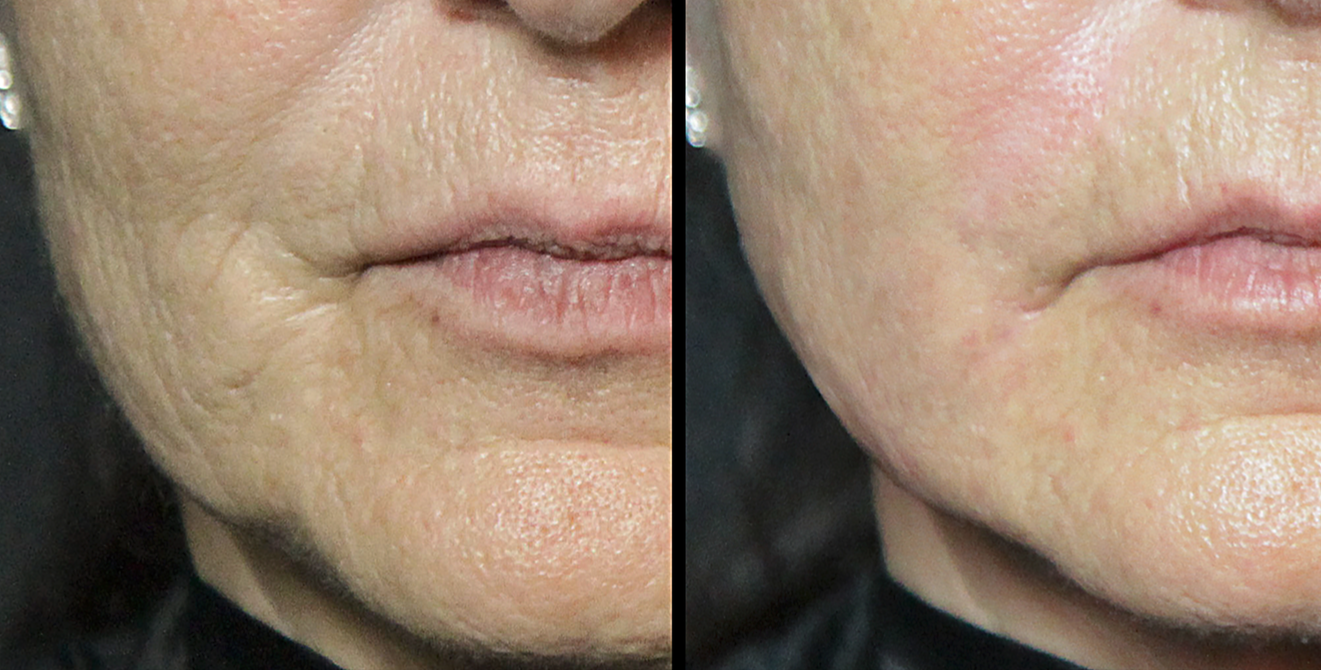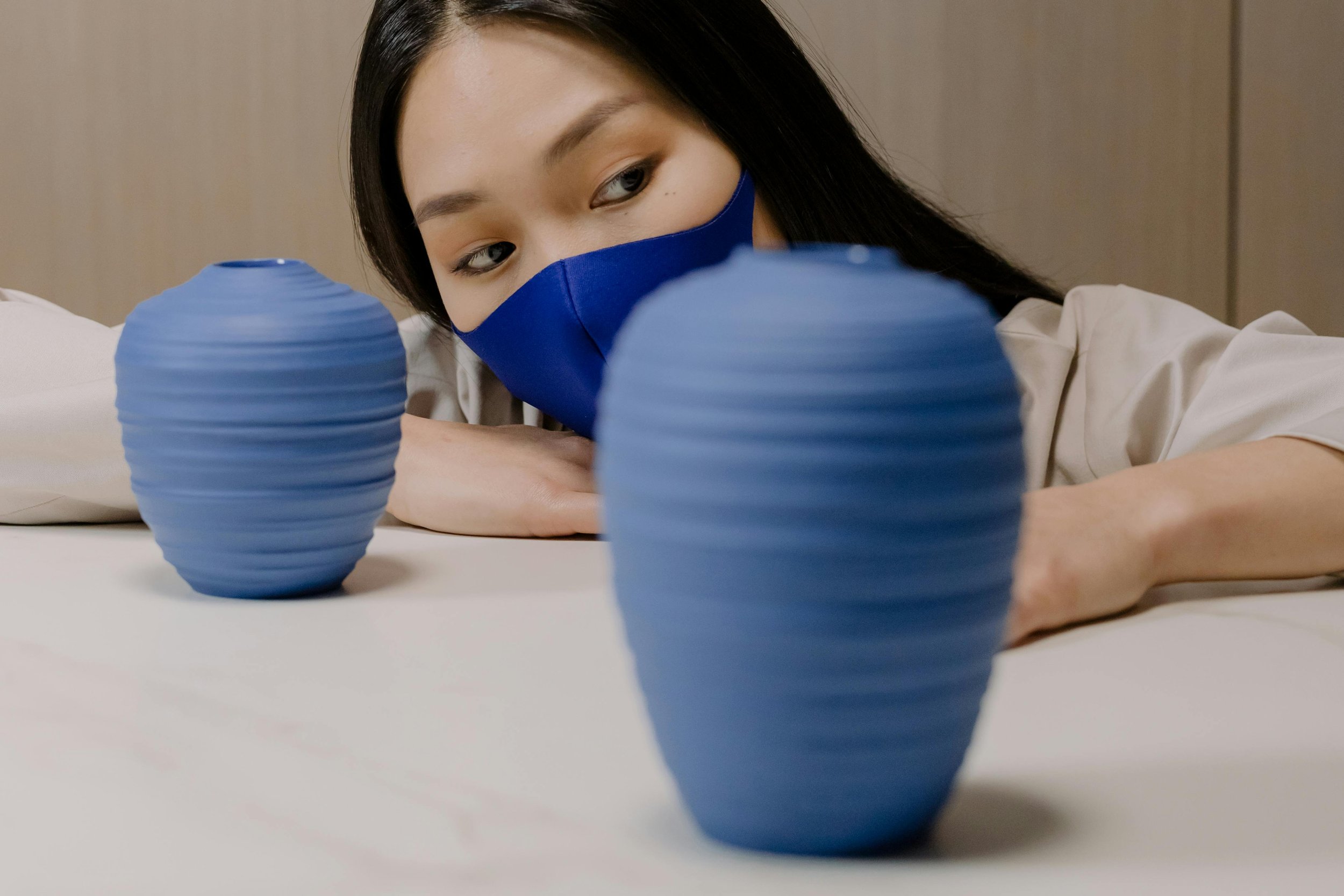What is “Baby Botox?”
The term “Baby Botox” has been trending.
While it obviously is not referring to botox for babies (injectables for anyone under 18 is unethical and - finally - illegal in the UK), what exactly does it mean? I mentioned the phrase to a few friends, and they’d heard of it but weren’t sure what it described.
Is this a new form of Botox, or is it just a new way to describe something we’ve always been doing? And how is it different from the recently-published, novel technique of microdosing Botox?
Well, let’s find out what people mean when they refer to “Baby Botox,” and how it is different from “Microbotulinum.”
So what is “Baby Botox,” and should you ask for it?
“Baby Botox,” also known as “micro-Botox,” is a new (or not-so-new) trend in injectable procedures.
Why do I say “not-so-new?” Because most injectors should know how to adjust doses to your specific needs and anatomy. But this is something getting a lot of coverage lately, so let’s cover it quickly.
Everyone’s muscles, anatomy, metabolism, and goals are different. An experienced aesthetic medic is able to tailor botulinum toxin doses to your requirements. We are all taught a standard licensed dose for treating different areas, but the beauty of aesthetic medicine lies in its art and the way you can adjust treatments.
Baby Botox is botulinum toxin at a less than standard dose, and then possibly leaving longer intervals than the traditional 3 months between treatments. That’s it!
Why is it at a less than standard dose?
Because that’s what the client wants!
Full disclosure: I love Botox, but I also love my lopsided little face and my one eyebrow raise.
I love banishing wrinkles and I love my movement and expression.When Botox is done by a medical professional, you are never “frozen” (unless you specifically ask for it).
How much does “Baby Botox” cost? (Or is it cheaper to get “Baby Botox?”)
It can be cheaper - if you are leaving longer between your botulinum toxin visits.
However when it comes to the cost of the actual treatment, this really depends on the clinic you go to.
I think the simple answer is most likely that no, it’s not cheaper. The reason for this is that you are not buying vials or units from medical aesthetic practitioners.
You buy expertise, anatomical knowledge, and your result.
I will treat the area you desire and give you the best result to my ability based on your goals – even if I have to use more product than average or less product than average. I come from an NHS and medical background, so I want to take the logistics of buying mLs or units of product out of, what are at the end of the day, medical treatments.
If a patient can afford to get a treatment for an area from most practitioners, we don’t want their results to hinge on any extra they can or can’t pay.
How does “Baby Botox” work?
“Baby Botox” works the exact same way as traditional botulinum toxin.
The argument is that if you use smaller doses and space out the time between treatments you get a more subtle or natural result.
Basically, at a smaller dose the botulinum toxin won’t be as noticeable. Your face may feel more flexible and have more movement. But this isn’t a new thing. It’s been in the repertoire of all aesthetic practitioners since we started injecting botulinum toxin.
However - don’t get confused! This reported “trend” of “Baby Botox” is different from a novel method known as microbotulinum or “microdosing Botox.”
What is Microbotulinum?
Microbotulinum is a technique that was first published in the the Journal of Plastic and Reconstructive Surgery. The treatment involves over 100 tiny little blebs or microdoses injected into then skin directly underneath the dermis in order to improve the appearance of very fine lines and wrinkles.
(You can read a brief summary of a recent study supporting its efficacy from the Aesthetics journal here.)
Because this is such a new technique, a lot of research is still being done to determine the best way to perform microbotulinum for the best results. The early studies have only had three-month follow-up so far, but in general both the medical practitioners and patients involved have had an overwhelmingly positive response.
The other difference is that “Baby Botox” is still primarily targeting dynamic wrinkles (aka the wrinkles that emerge when you move your muscles), whereas this new technique is an attempt to smooth out those fine lines that are present when you face is at rest, as well as improving overall skin texture and roughness.
Microbotulinum: A Quantitative Evaluation of Aesthetic Skin Improvement in 62 Patients. Plastic and Reconstructive Surgery146(5):987-994, November 2020.
This technique is likely still too new for you to encounter it in most clinics as it undergoes more refinement and research, but it may be something that is used more and more in the future. The original research article is definitely worth a read and you can find it here!
So there you have it - a brief description of what people mean when they talk about getting “Baby Botox,” and how it is different and distinct from the new method of microbotulinum or “microdosing.”
Botulinum toxin is such an incredible, interesting, and versatile medical treatment, and it will be fascinating to see how its use will expand in the future.















Galderma has unveiled Relfydess™ (RelabotulinumtoxinA), the world’s first ready-to-use liquid neuromodulator developed with proprietary PEARL™ Technology. This groundbreaking product has recently received approval for use in Europe. So what is it, and what sets it apart from the other toxins?.